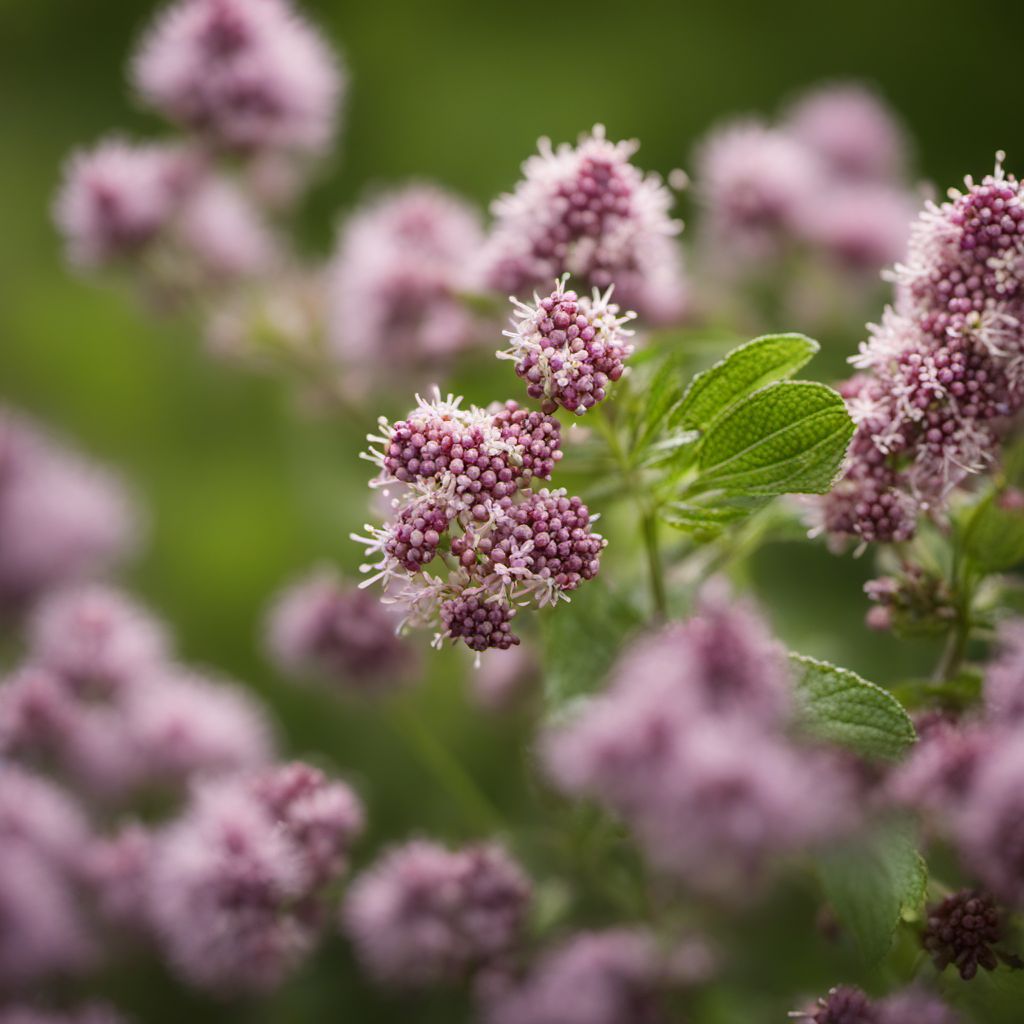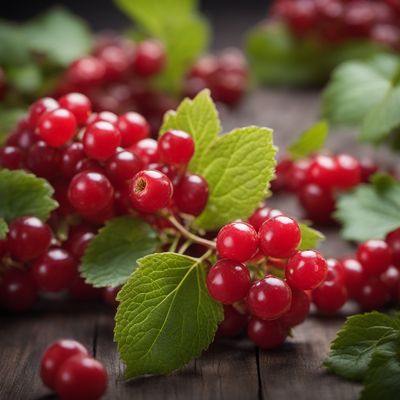
Ingredient
Dwarf elderberries
The Tiny Powerhouse: Exploring the World of Dwarf Elderberries
Dwarf elderberries are small, round berries that grow in clusters on shrubs. They have a deep purple to black color when ripe and are known for their tart and slightly sweet taste. The berries have a juicy texture and are often used in jams, jellies, pies, and beverages. They can also be dried and used in herbal teas or as a flavorful addition to salads and desserts.
Origins and history
Dwarf elderberries are native to Europe, Asia, and North Africa. They have a long history of traditional medicinal use, with references dating back to ancient Greece and Rome. In folklore, the elder tree was believed to have protective and healing properties. The berries were used to make wines, cordials, and medicinal remedies for various ailments.
Nutritional information
Dwarf elderberries are rich in antioxidants, vitamins A and C, and dietary fiber. They are also a good source of potassium and iron. A 100-gram serving of dwarf elderberries contains approximately 73 calories.
Allergens
There are no known allergens associated with dwarf elderberries.
How to select
When selecting dwarf elderberries, look for clusters of berries that are plump, firm, and evenly colored. Avoid berries that are shriveled or have moldy spots. Fresh berries should have a vibrant purple to black color.
Storage recommendations
Fresh dwarf elderberries can be stored in the refrigerator for up to a week. To extend their shelf life, they can be frozen or dried. Frozen berries should be stored in airtight containers, while dried berries can be kept in a cool, dark place in sealed bags or jars.
How to produce
Dwarf elderberries can be grown in home gardens or containers. They prefer well-drained soil and full sun. The plants can be propagated from seeds or cuttings. It is important to note that elderberries can be toxic if not properly prepared, so it is recommended to seek guidance from experienced gardeners or horticulturists.
Preparation tips
Before using dwarf elderberries, it is important to remove the stems and any unripe or green berries, as they can be mildly toxic. The berries can be used in a variety of recipes, such as jams, pies, syrups, and sauces. They can also be infused into beverages like teas or used as a garnish for salads and desserts. Cooking the berries helps to enhance their flavor and reduce their tartness.
Culinary uses
Dwarf elderberries are commonly used in the preparation of jams, jellies, pies, and syrups. They can also be used to make wines, cordials, and herbal teas. Additionally, they can be incorporated into sauces for savory dishes or used as a flavorful topping for pancakes and ice cream.
Availability
Dwarf elderberries are commonly found in Europe, Asia, and North Africa. They can also be cultivated in home gardens or purchased from specialty stores or farmers markets in some regions.
More ingredients from this category » Browse all

Che berries
The Exotic Delight: Che Berries

Red elderberries
The Vibrant Gems of the Forest

Elderberries
The Power of Elderberries

Silverberries
The Shimmering Gems of the Culinary World

Buffalo berries
The Tangy Delight of Buffalo Berries

Hawberries
The Vibrant Delight: Exploring the World of Hawberries

Sorb fruits
The Sweet and Tangy Delights of Sorb Fruits

Guelder rose berries
Guelder Rose Berries: Nature's Vibrant Gems

Saskatoons
The Sweet Berry of the Prairies

Midland hawberries
The Hidden Gems of Midland: Exploring the Delights of Hawberries

Phalsa fruits
The Exotic Jewel of Summer: Phalsa Fruits

Bayberries
The Hidden Gems of the Forest